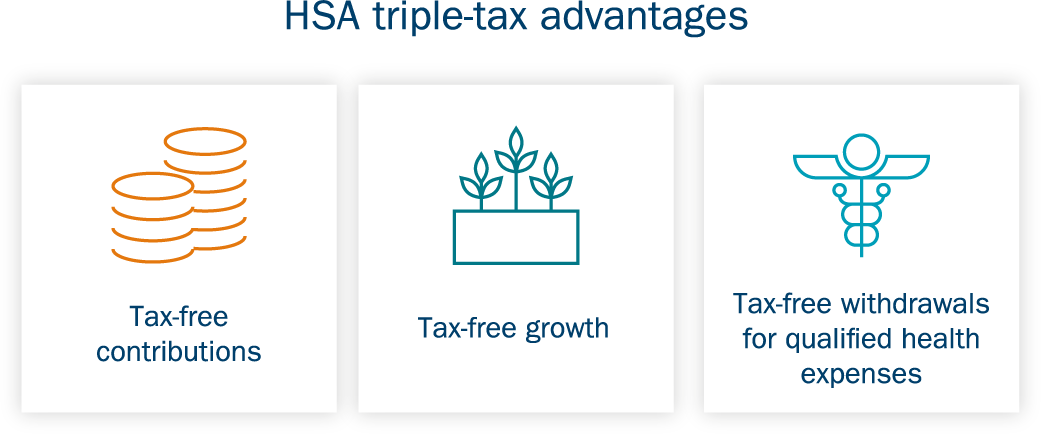Take a moment to envision your ideal retirement: Where are you? How are you spending your time? How much will it cost? Are you on track to get there?
With personalized advice and smart planning, you can work toward achieving your retirement goals. Check out these four ways to potentially maximize your retirement savings:
1. Maximize your employer’s retirement plan
If your employer offers a 401(k) and they match a portion of your contributions, contributing at least that amount can help you boost your retirement savings. Contributions come out of your paycheck before taxes, reducing your taxable income, and earnings are tax-deferred.
Consider contributing the annual maximum allowed if you’re able to. For 2024, that’s $23,000 (if you are 50+ years old, you can contribute an additional $7,500 in catch-up contributions for 2024.)
2. Invest in a Roth IRA or traditional IRA
A 401(k) may not be enough for your retirement and not all employers offer them. In these cases, consider contributing to an individual retirement account (IRA) to potentially increase your retirement savings.
Two of the most common types are Roth IRAs and traditional IRAs. The maximum you can contribute annually to an IRA is $7,000 if you’re under the age of 50. For those 50 years or older, the contribution limit increases to $8,000.
Here are the key differences between both:
|
Roth IRA
|
Traditional IRA
|
- Contributions are post-tax.
- Earnings grow tax-free.
- Qualified withdrawals are generally tax-free (if you satisfy certain requirements).
- Must have income to contribute (contributions may be limited based on filing status and income level).
- Accounts aren’t subject to required minimum distributions (RMDs).
|
- Contributions are pre-tax.
- Earnings grow tax deferred.
- Withdrawals are taxed based on current income.
- No income restrictions for making contributions or converting funds to a Roth IRA in the future.
- Accounts are subject to RMDs.
|
3. Open a health savings account
A health savings account, or HSA, can help you pay medical expenses now, and it’s another option to potentially boost savings for retirement. To qualify for an HSA, you must have a high-deductible health insurance policy.
HSAs provide three tax benefits:
- Contributions are pre-tax, which reduces your taxable income.
- Earnings grow tax-deferred.
- Withdrawals for medical expenses are tax-free.

After you reach age 65, you can also withdraw HSA funds for non-medical reasons — though you will pay taxes on these withdrawals.
The HSA contribution limits for 2024 are $4,150 for an individual and $8,300 for a family.
4. Use SIMPLE, SEP or solo 401(k) plans if you have 1099 earnings
If you’re self-employed or earn freelance (1099-reported) income, you might qualify for a Savings Incentive Match Plan for Employees (SIMPLE) IRA, a Simplified Employee Pension (SEP) IRA or a solo 401(k) — even if you already contribute to a 401(k) with another primary employer. Investing in one of these options while contributing to an employer 401(k) will potentially allow you to maximize your retirement savings.
Before you max out both your employee-sponsored 401(k) and one of these plans, confirm IRS contribution limits.
Achieve the retirement you want
A solid plan can help you stay on track to meet your retirement goals. We will provide strategies that can help you focus on your goals and will adjust if your priorities or situation changes. With personalized financial advice, we will show you how to potentially maximize your retirement savings and help bring your vision to life.